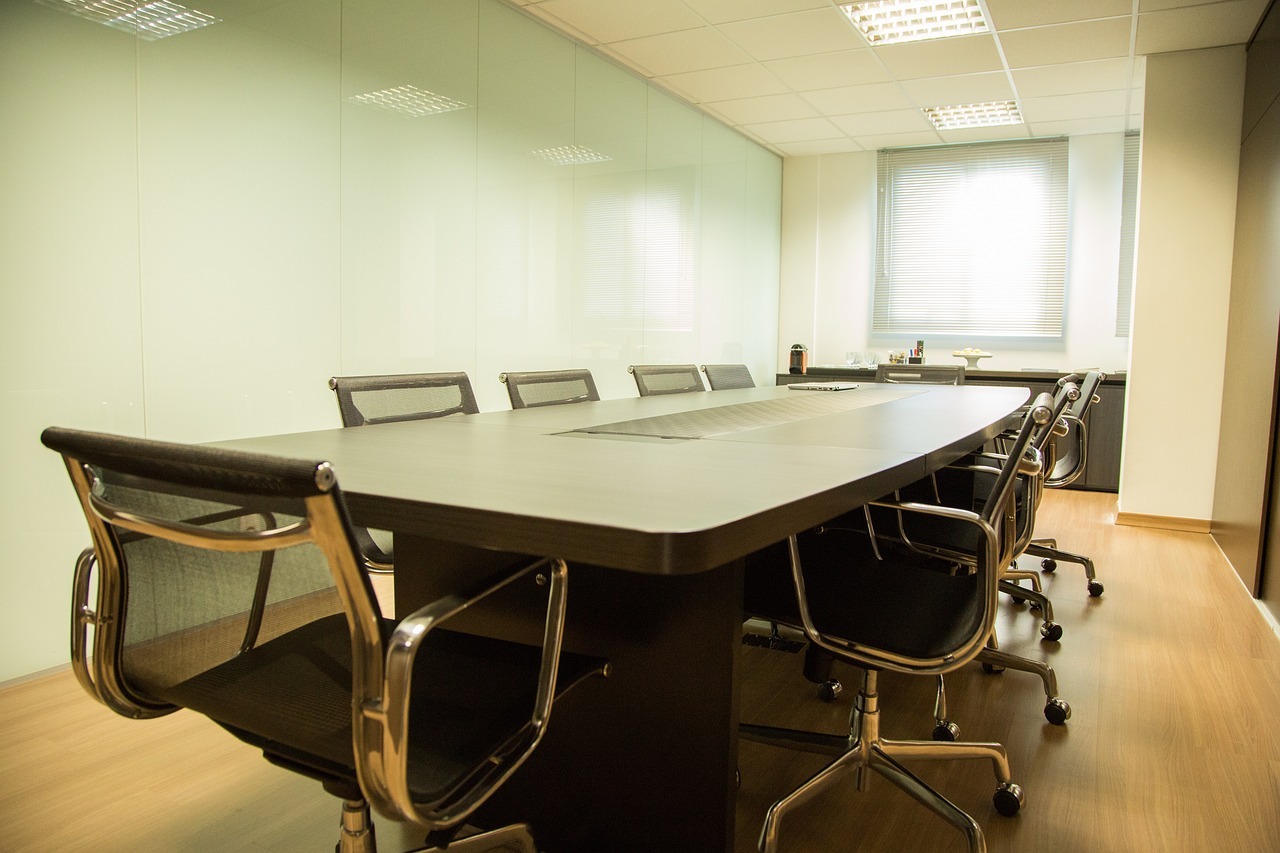Creating a productive workspace that facilitates collaboration is no easy feat. It requires careful thought and planning, considering not just the physical environment but also the psychological comfort and well-being of employees. This is where the office interior design comes in. This article will explore various office interior layouts that best promote collaborative work.
Open-Plan Office Layout
The open-plan office layout has risen in popularity over the past few years. This layout does away with individual cubicles and opts for an open workspace, promoting employee transparency and interaction.
Advantages of Open-Plan Layout
The open office layout fosters a sense of unity and encourages casual interaction, which can lead to spontaneous brainstorming sessions and problem-solving conversations. It breaks down hierarchical barriers, creating an egalitarian workspace that nurtures collaboration.
Challenges in Open-Plan Layout
However, open-plan offices also present challenges, including noise pollution and lack of privacy. To tackle these, include quiet zones, designated collaboration areas, and soundproofing methods such as noise-cancelling headphones and acoustic panels in your layout.
Clustered Desks
Another popular office layout for facilitating collaboration is clustered desks. In this arrangement, teams or departments sit together in groups or ‘clusters.’
Enhancing Teamwork with Clustered Desks
With clustered desks, team members can easily engage in discussions, share ideas, and collaborate on projects without moving around the office. This layout strengthens team cohesion and boosts collaborative efforts.
Key Considerations for Clustered Desks
However, this layout should also provide private spaces where employees can retreat for focused work. Also, ensure that the clusters are not too isolated to promote inter-departmental collaboration.
Activity-Based Workspaces
Activity-based workspaces provide various areas designed for different work activities. There could be areas for quiet work, collaborative work, relaxation, meetings, and more.
Why Choose Activity-Based Workspaces?
An activity-based workspace allows employees to choose where they work based on the task. This flexibility can enhance productivity and collaboration, as team members can congregate in designated collaboration areas when needed.
Designing an Activity-Based Workspace
This layout requires careful planning to ensure that the different zones don’t interfere with each other. The layout should be intuitive and well-signposted to avoid confusion and maximize efficiency.
Hot Desking Layout
Hot desking involves employees not having assigned desks. Instead, they choose where they sit each day.
Boosting Collaboration through Hot Desking
Hot desking can stimulate collaboration by enabling employees from different departments to interact, facilitating the cross-pollination of ideas. It creates a dynamic, fluid environment that can foster creativity and innovation.
Navigating the Challenges of Hot Desking
However, hot desking can also create instability and lack of personal space. Addressing these issues might involve providing lockers for personal belongings and implementing a booking system for desks.
Hybrid Layout
A hybrid layout combines elements from different layouts to create a flexible, adaptive workspace. For example, it could combine an open-plan area with private cubicles and meeting rooms.
The Flexibility of a Hybrid Layout
The hybrid layout recognizes that different tasks and individuals require different workspaces. Various work areas allow employees to choose the space that best suits their current tasks, promoting individual focus and collaborative work.
Implementing a Successful Hybrid Layout
In a hybrid layout, it’s crucial to maintain a balance between collaborative and private spaces. Also, ensure good acoustic design to minimize noise distractions in open areas.
Conclusion
The office interior design that best facilitates collaborative work depends on the nature of the work, the company culture, and the individual needs of the employees. It may be an open-plan office, clustered desks, an activity-based workspace, hot desking, or a hybrid layout. Whatever layout you choose, remember that the ultimate goal is to create an environment that encourages interaction and collaboration while respecting the need for focus and privacy.
Author Name : Alison Lurie

